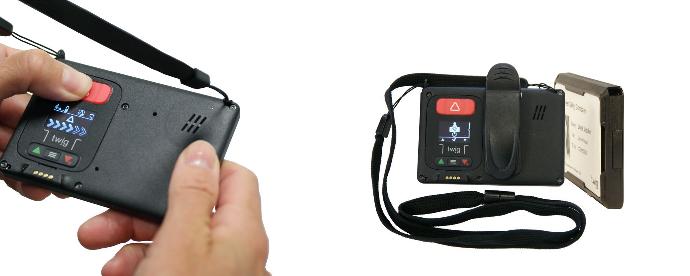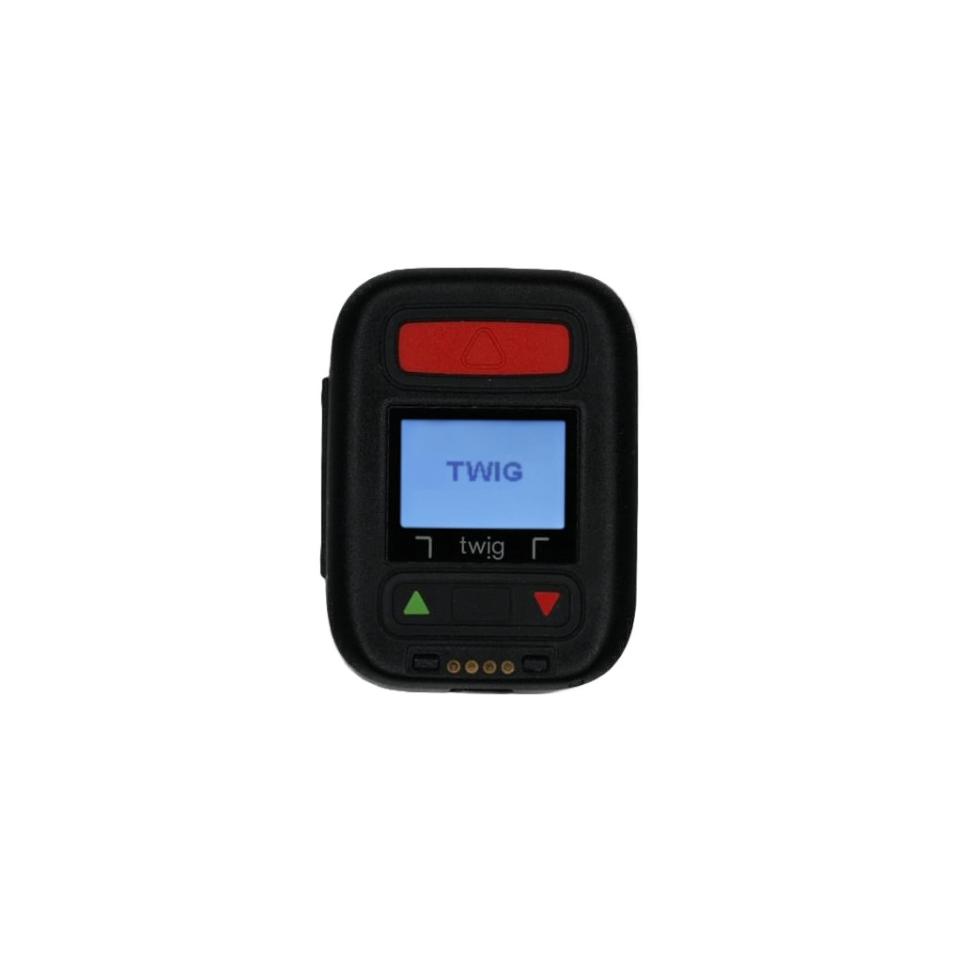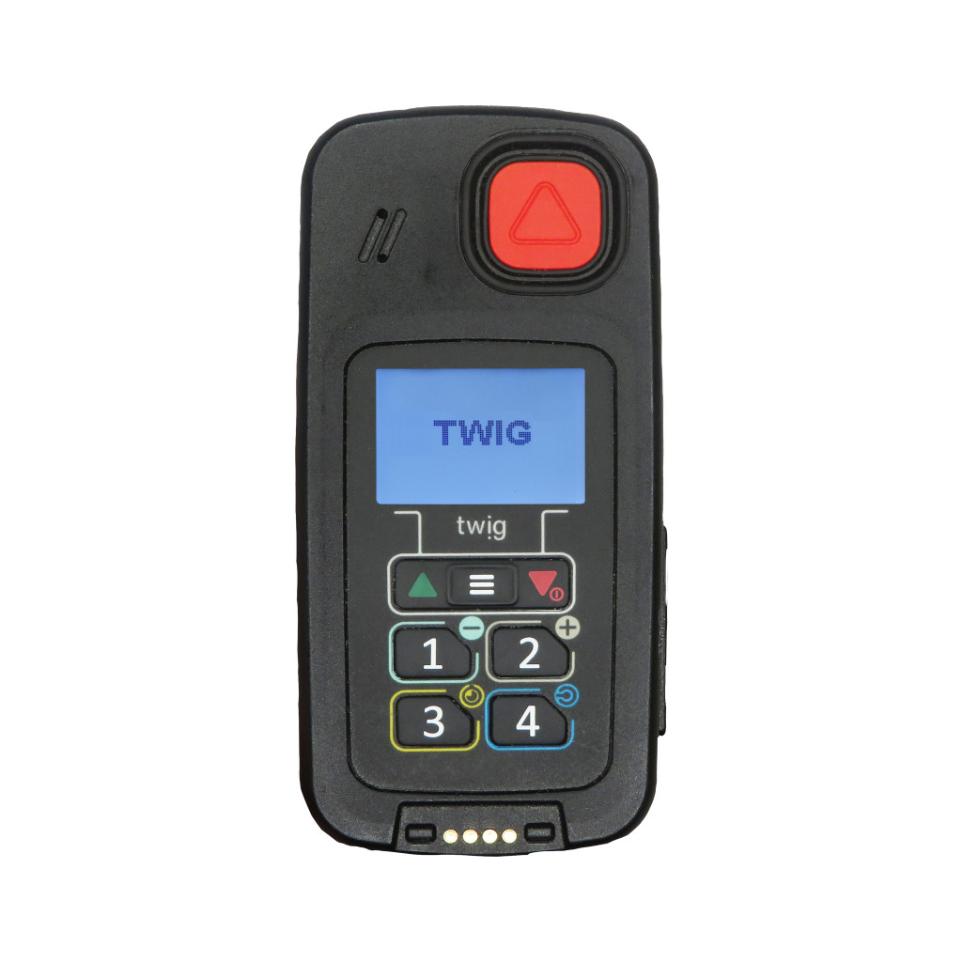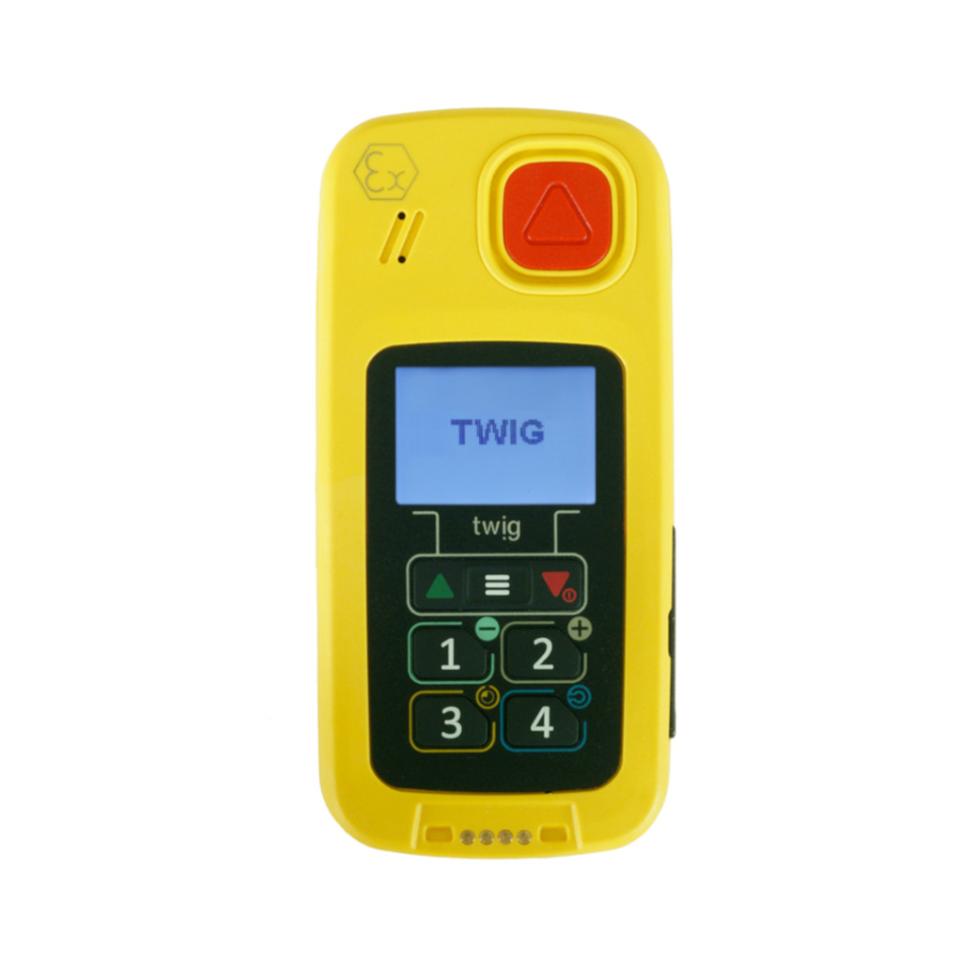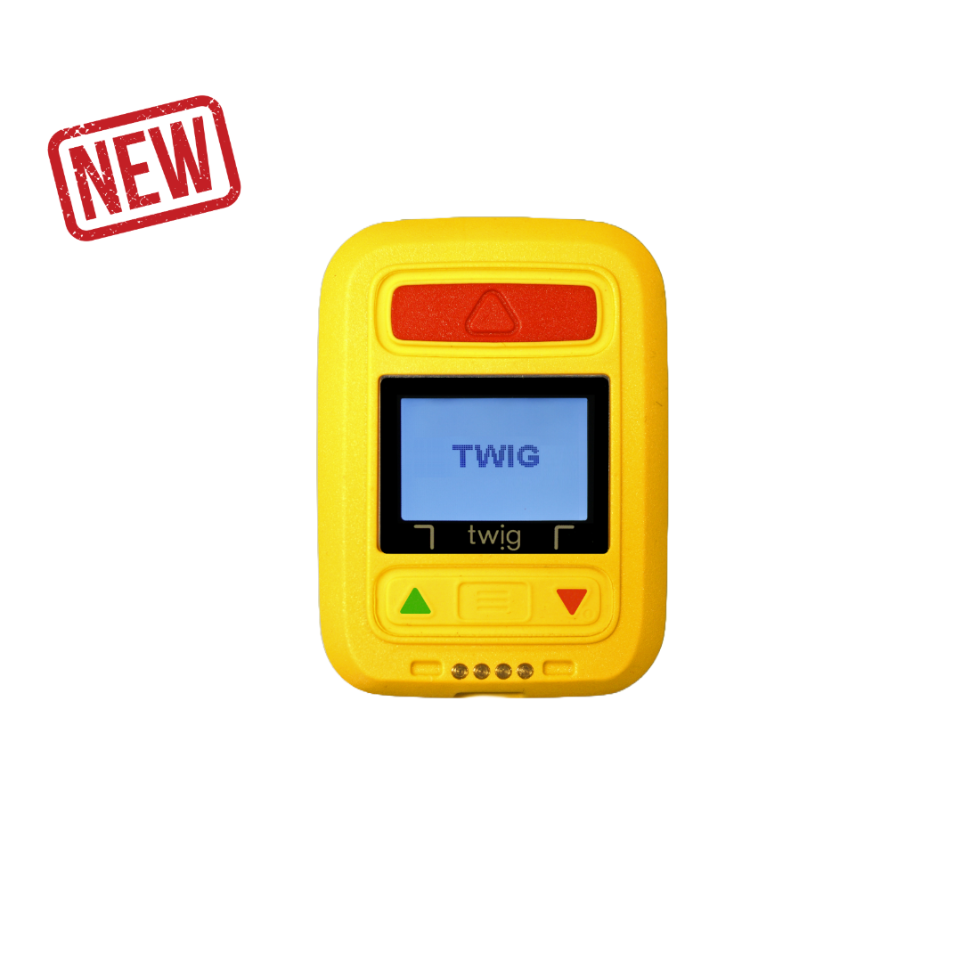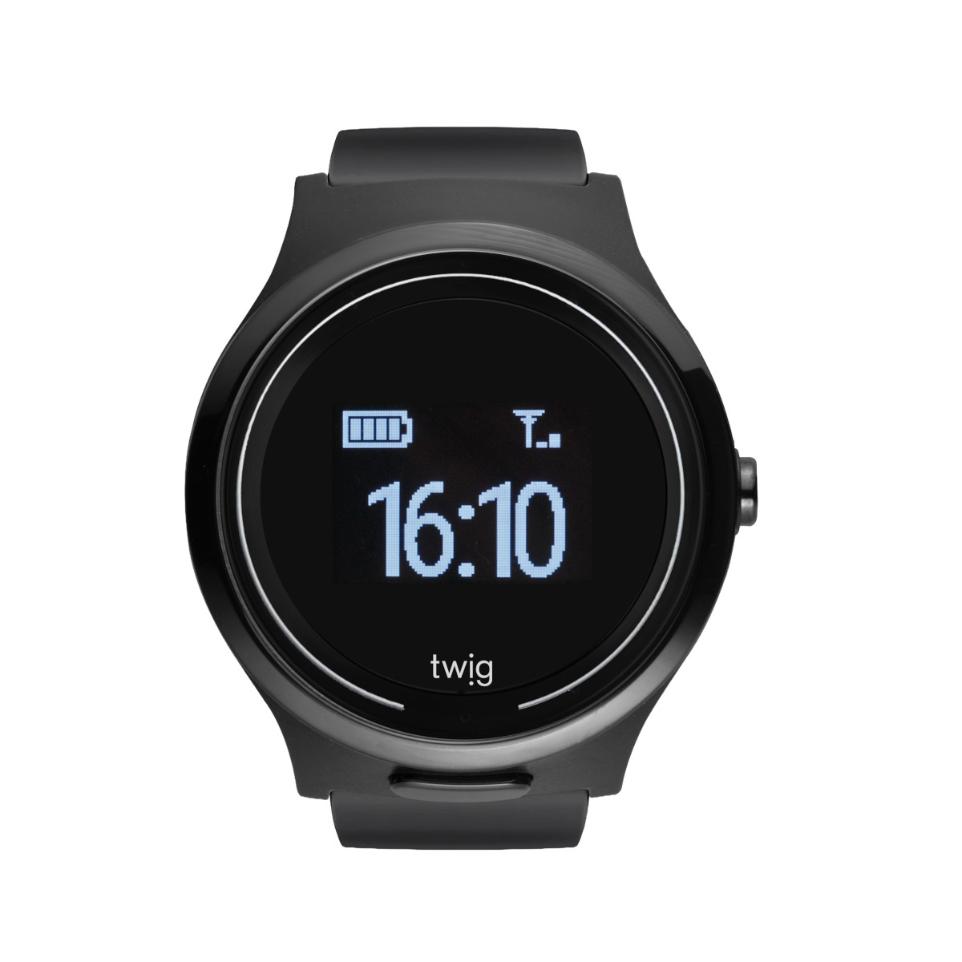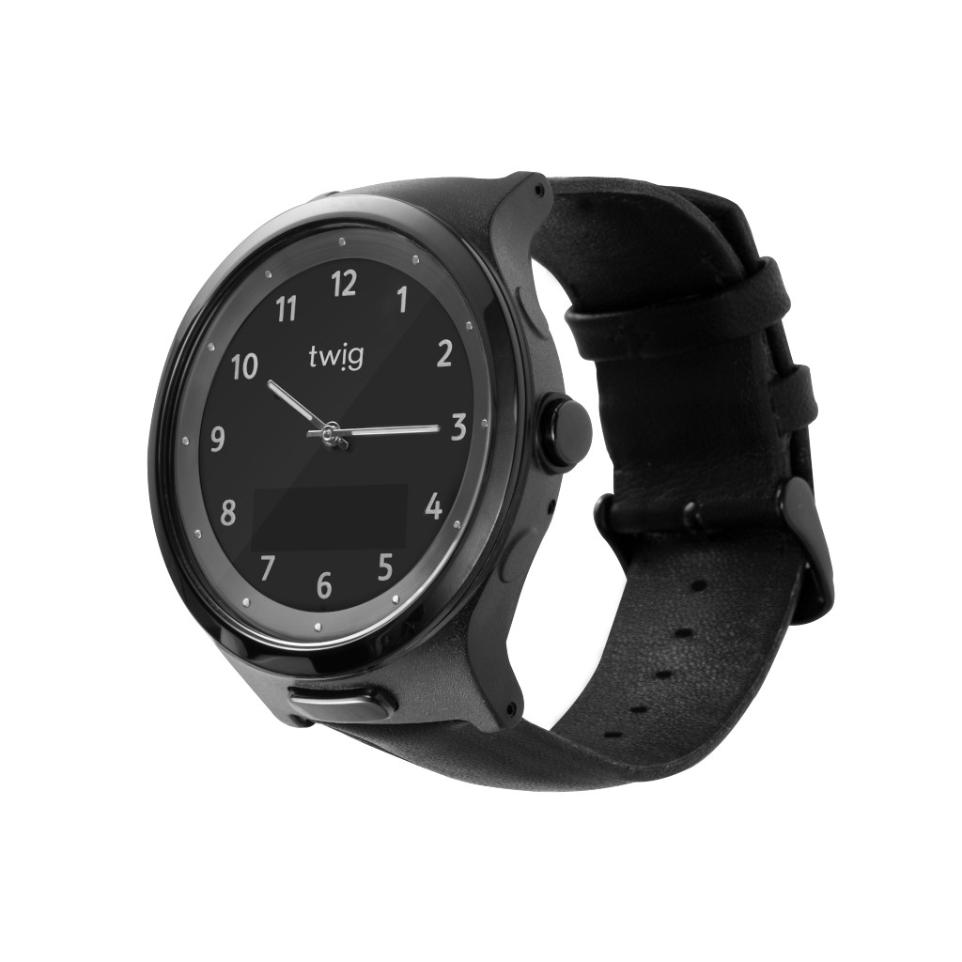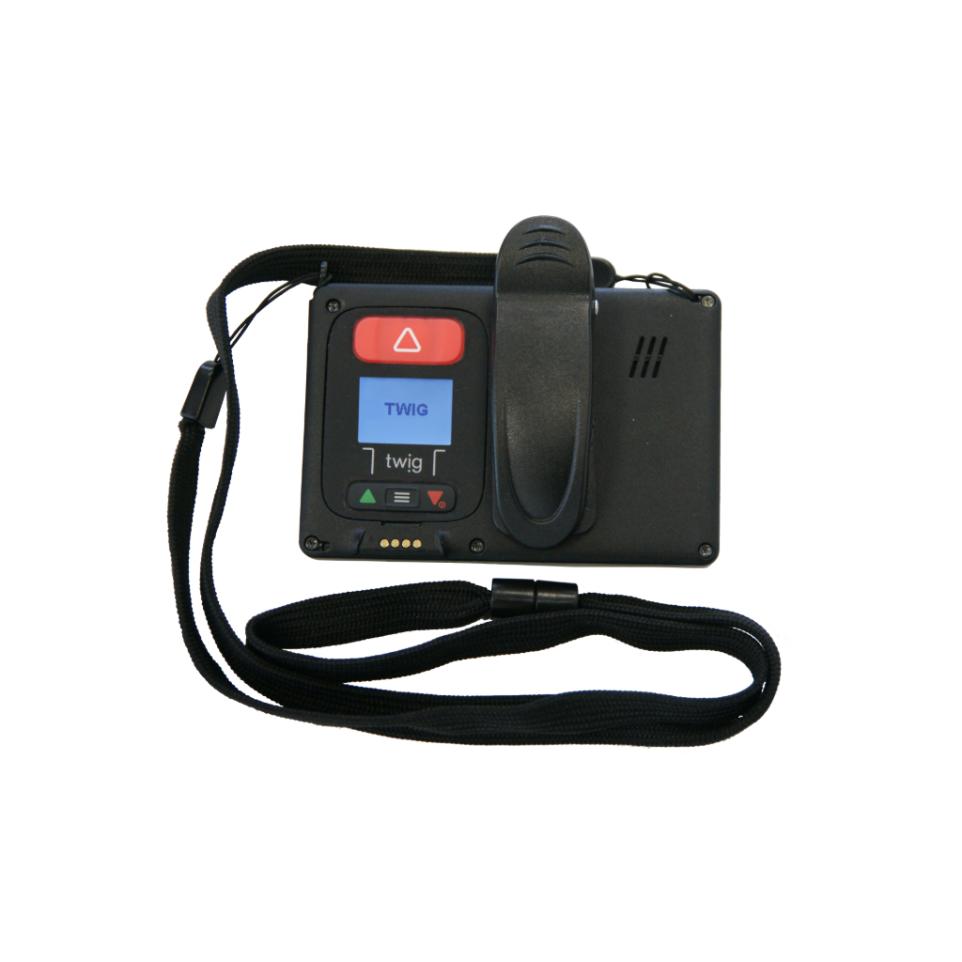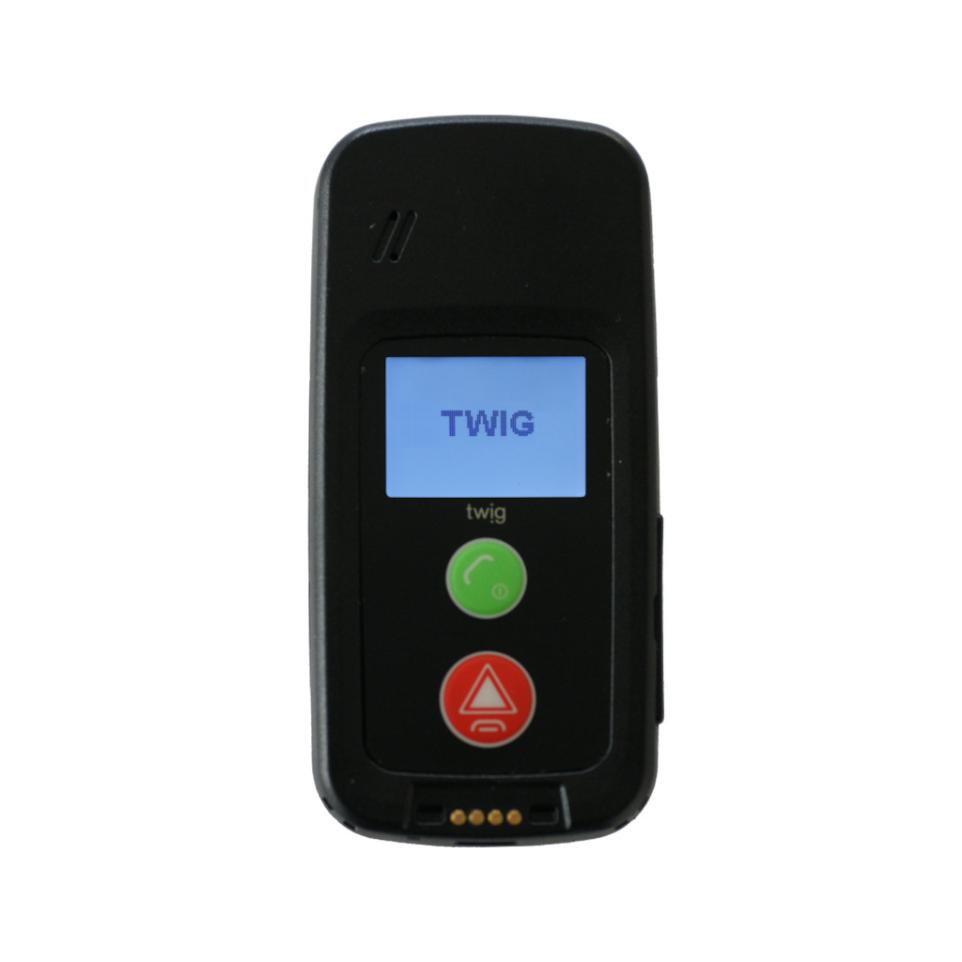Reliable Lone Worker Alarms for Any Risk
Contact us to find the best solution for you!
When accident happens, every second counts
What if your smartphone's battery is dead, the screen is shattered,
or locating the emergency number takes too much time?
Choose piece of mind over anxiety
Lone workers feel safe with a reliable man down device on their belt
Discover TWIG lone worker alarms
It's not just a convenience; it's employer's duty to safeguard their employees.
Read more about lone worker safety
In high-risk scenarios, a dedicated lone worker alarm isn’t just helpful - it’s essential.
Read more about lone worker risks
Social risks
For instance, employees in social and health care services or the service sector face social risks such as violence, threats, and abuse.
Environmental risks
Meanwhile, those in maintenance, construction, or industries like petrochemical or forestry are exposed to environmental risks including falls, slips, and other accidents that arise from demanding and hazardous conditions.
Depending on the working environment and the risks involved, the required features may vary.
What are the essential features of
lone worker safety devices?
Immediate notification in case of falls, no movement, free falls, and impacts.
Whether it’s through Wi-Fi, Bluetooth, or SRD beacons, the location capabilities of TWIG lone worker alarms ensure that no one is truly isolated.
Continuous monitoring of triggered alarms enable a swift response, improving the overall safety protocol.
With capabilities for two-way voice calls and data transfer, these devices ensure that lone workers are never out of reach.
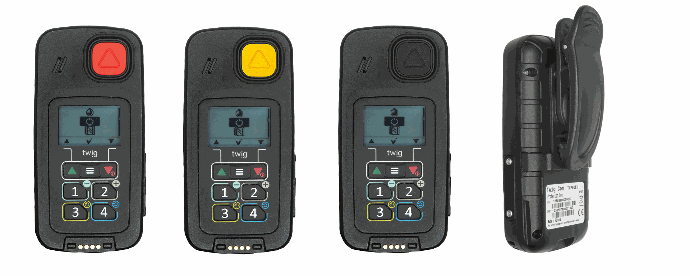
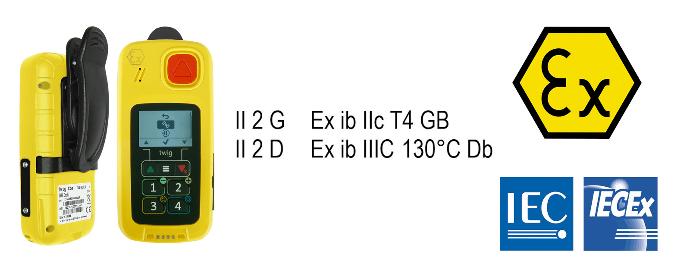
When you need something more compact, your best lone worker alarm choice is...
Compact and wearable
TWIG Neo
The ideal lone worker device for service sector and health care staff
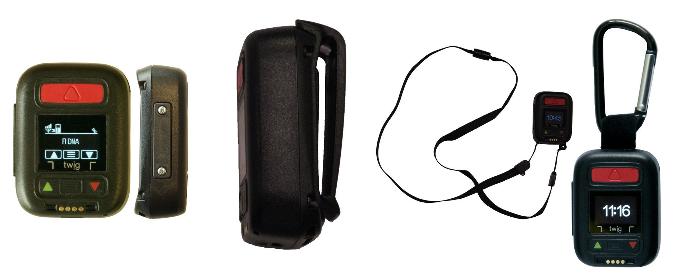

When your social, administration or front end staff require an ID card...
